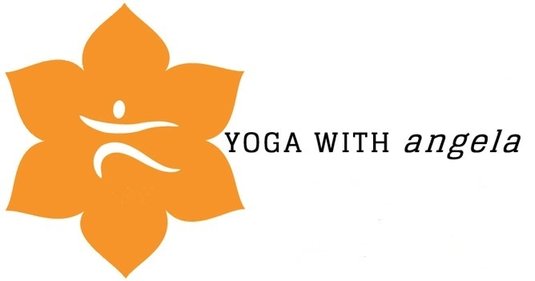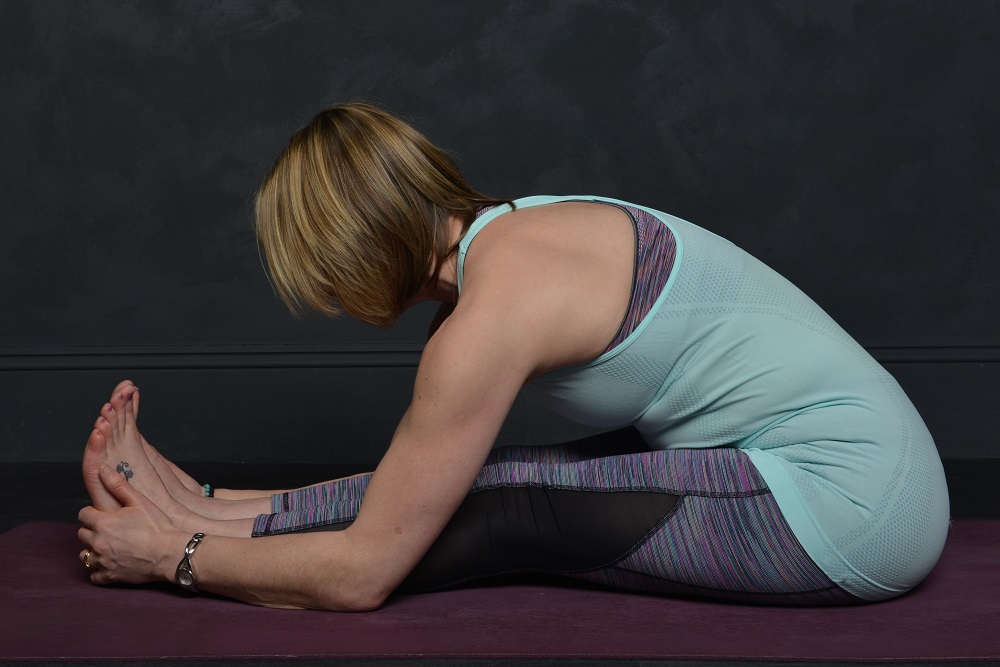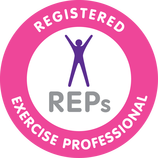“Paschimottanasana” sounds quite intimidating, doesn’t it?! But don’t worry; it’s not only a technically straightforward pose to practice, it also has many great health benefits. It will help you:
All from a simple seated pose! Here’s how you do it.
- Stretch the hamstrings and the back
- Mobilise the spine
- Stimulate circulation to internal organs of the abdomen region
- Improve digestion
All from a simple seated pose! Here’s how you do it.
|
1. Start seated on Dandasana
Sit on the floor, with your legs extended out in front of you. Keep the feet together, with the toes pointing upwards. Lengthen the arms down by your sides, feeling your core muscles gently connecting. Visualise your body being at a right angle. Lengthen the spine, ensuring the neck and the head are in alignment. Breathe deeply. It sounds straightforward, but it’s important. Don’t pant. If you have difficulty sitting upright, it might be helpful to sit on a block or a folded blanket. If the hamstrings are tight, keep the knees slightly bent. Make sure the heels stay in contact with the floor. |
|
2. From Dandasana
Inhale, press gently into your hands and lift the chest, keeping the shoulders relaxed and down away from the ears. Extend forwards from the hips, reaching for the feet. Keep in mind that your aim is to close the gap between your chest and your thighs, taking the head to the knees or beyond. Allow the elbows to lower to the floor, if possible. Relax into the posture and breathe deeply. Try holding the pose for five deep breaths before slowly lifting the upper body. Take the hands behind the bottom with the fingers facing forwards and press them into the floor. Open the chest as a counter pose. |
It’s a wonderful, restful pose to practice, but as with all things, you have to decide whether it’s right for you. You shouldn’t try it if you have disc issues with your spine, osteoporosis or osteoarthritis.



